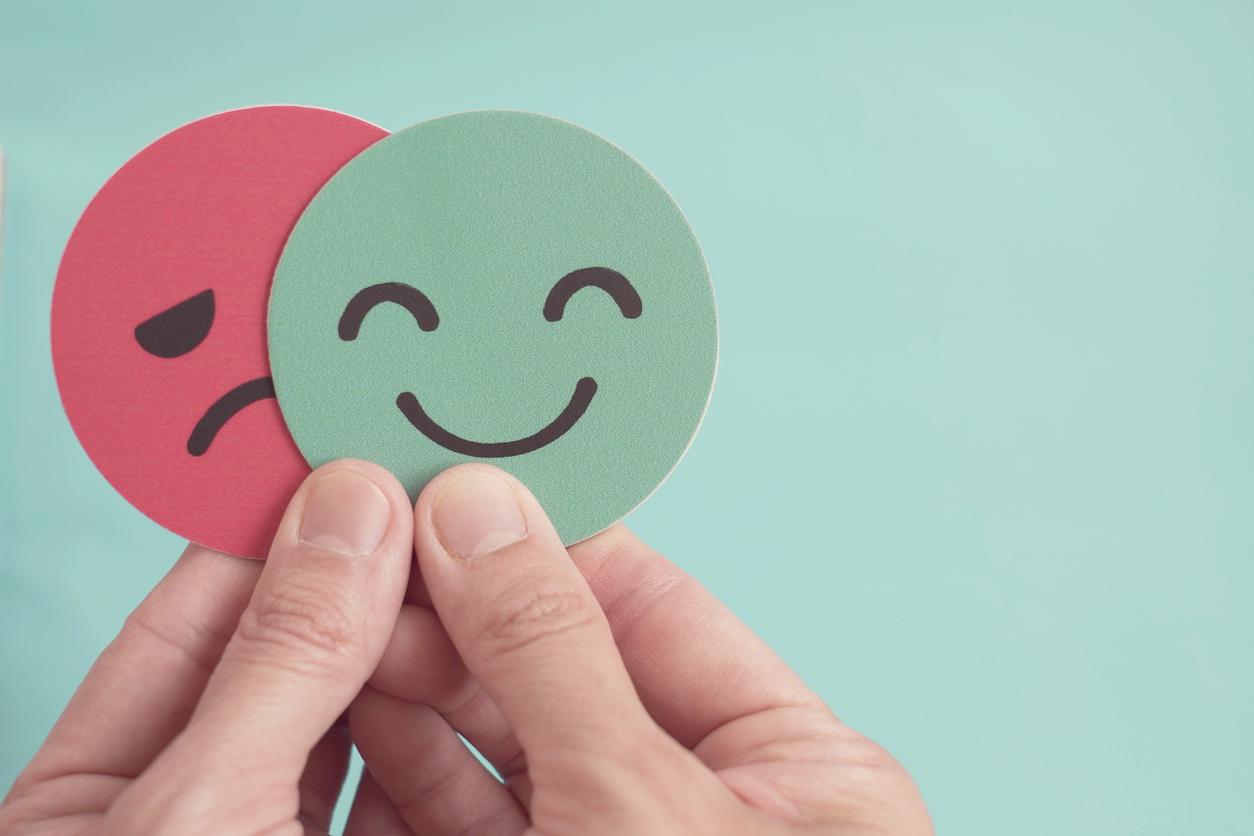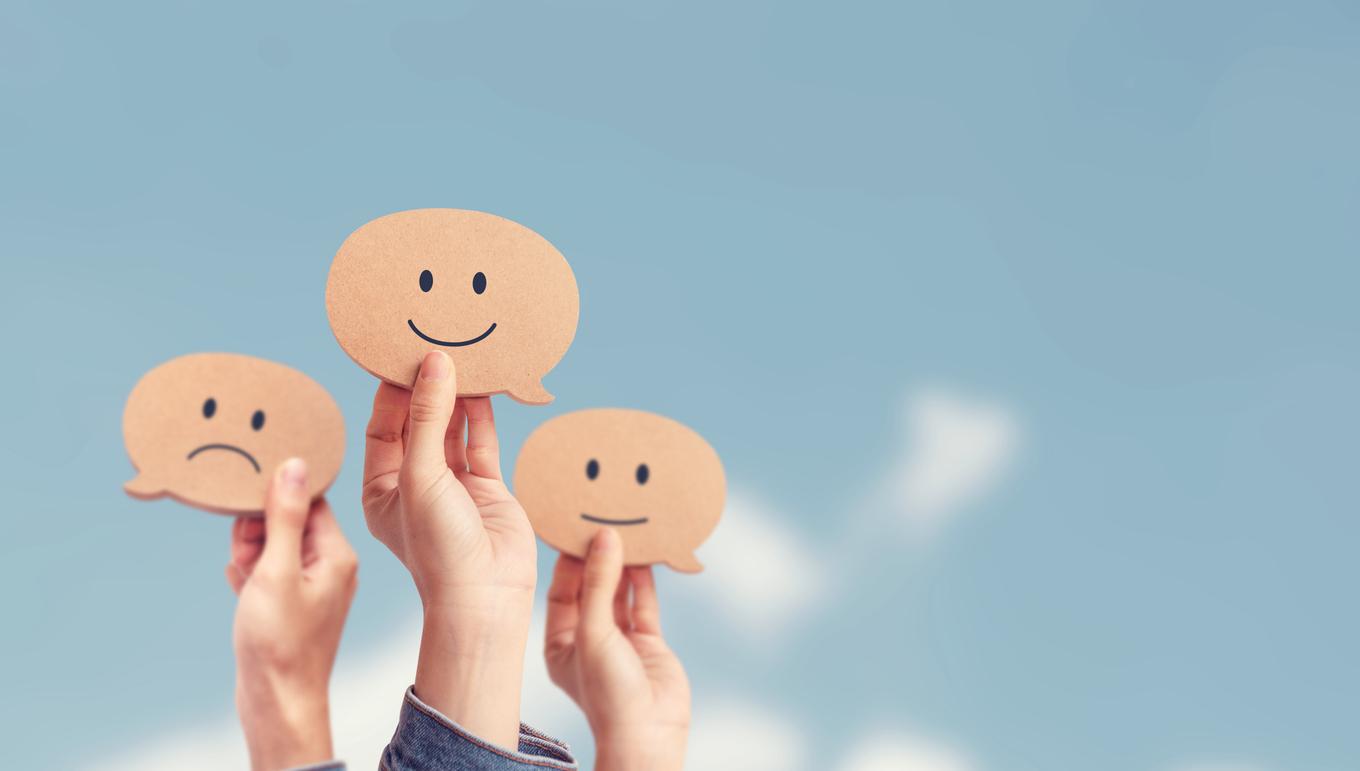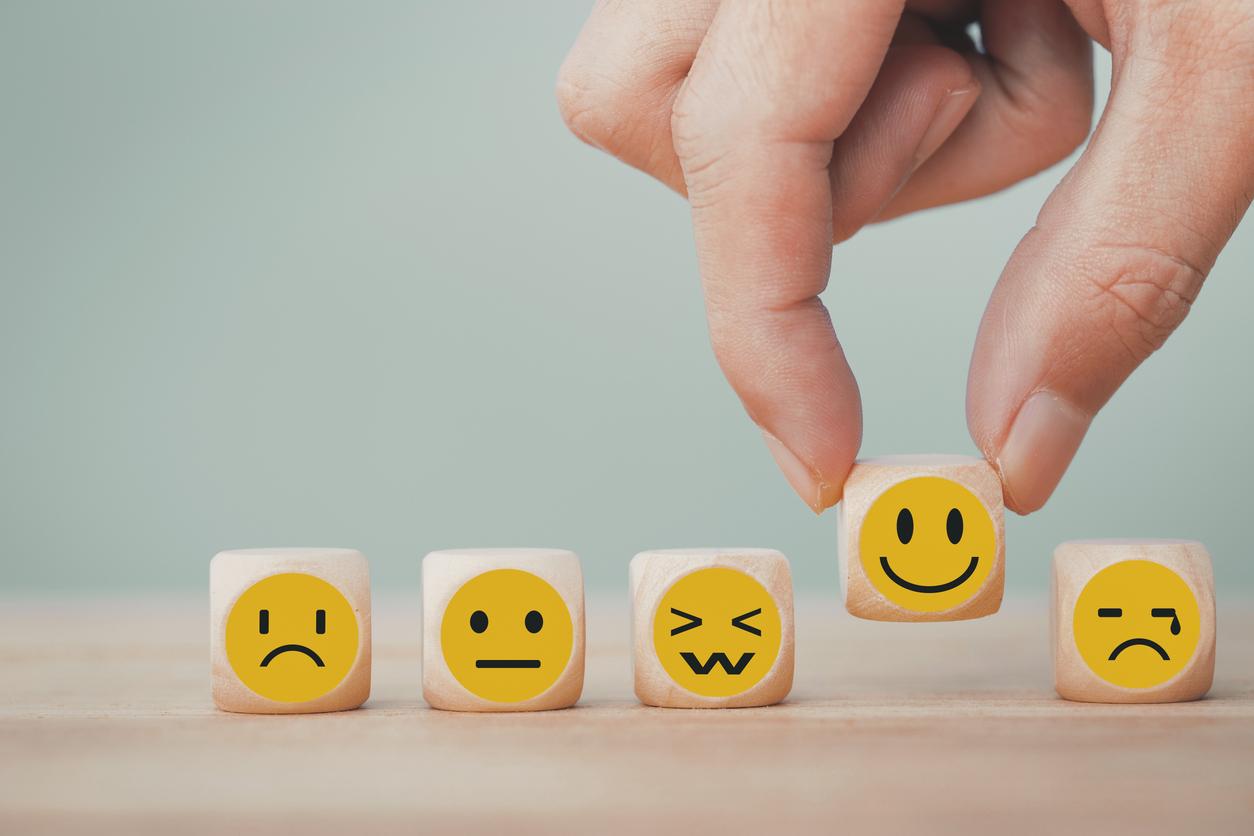Anthropomorphizing sad emotions would be an effective method to reduce sadness. It would also reduce impulsive behavior.

If sadness was a person, what would his physical traits be? Researchers posed the question to a group of sad people. Their results, published in the Journal of Consumer Psychologyshow that personifying negative emotions reduces their impact and reduces the risk of impulsive behavior.
Imagine sadness as an individual
A sample of people was selected to participate in the research. They were given the mission to write about a moment in their life when they were sad. Some of them had to imagine sadness as a person and describe it. Some saw her as a little girl walking slowly with her head down, others as a pale person without a smile or as someone with gray hair and sunken eyes. The rest of the group had to talk about the emotional and affective impacts this feeling has on them. Then each of the people rated their level of sadness on a scale of one to seven. The researchers found that people who personified this feeling reported lower levels. “People think of an emotion as a person who is separate from themselves, analyzes the study’s lead author, Li Yang, this allows them to feel more detached from sadness.” The researchers also tested the effects of personification with joy. They made the same observations: it reduces the intensity of the emotion felt. “It’s probably not a good idea to apply this strategy for positive emotions, adds the scientist, because we don’t want to reduce these feelings.”
Avoid impulsive behavior
The second part of the study was dedicated to decisions. The research team found that anthropomorphizing emotions allows for better control of one’s actions. For example, people who used this method made healthier food choices in an experiment. The researchers also made them choose a computer: one more efficient and allowing more productivity, the other designed for games. In this experiment, personifying negative emotions helped participants make a reasonable choice of the best-performing computer. “Activating this mode of thinking is a way to help people feel better and resist temptations that they would not benefit from in the long term”, concludes the researcher. Compulsive shopping is an important disorder, called oniomania. According to a studybetween 3.4 and 6.9% of the population would be affected in Europe.
.














